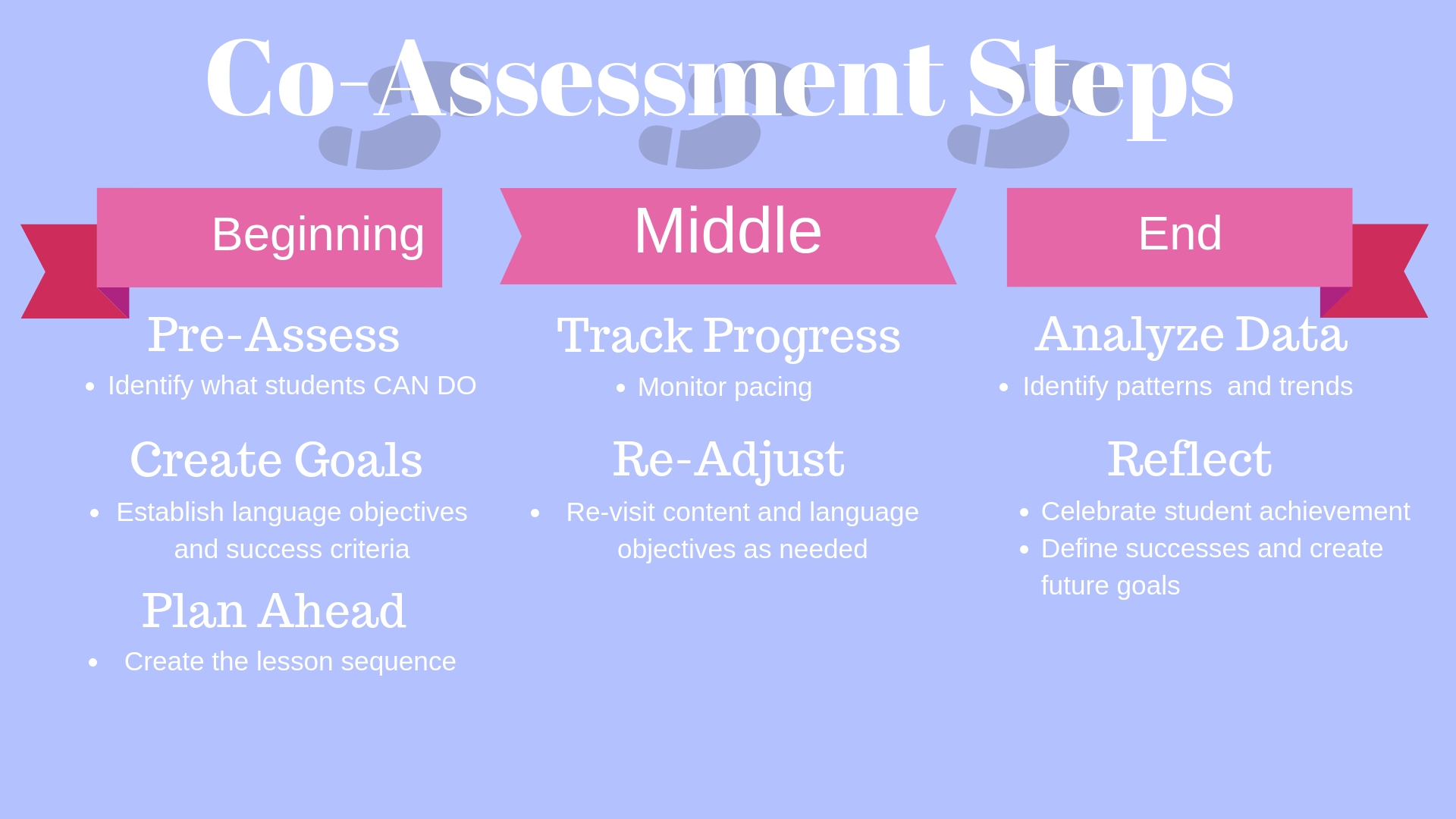2018 Co-Teaching Reflection
We do not learn from experience, we learn from reflecting on experience. – John Dewey
Another colleague pointed out how having me be present in her classroom has helped her learn unique ELL strategies that she has never thought of before. Too often are we left in our classrooms to our own devices with our doors shut. As we know, teaching is a highly collaborative profession; new methods and research are constantly developing every year, and it can be difficult to keep up to date with all of the modern jargon. Collaborating with colleagues eases this load as research and methods are shared and practiced together instead of individually.
As the calendar year winds down, I’m taking this opportunity to reflect on my experience so far and take stock on not only my wins, but also areas of growth for me to focus on before the school year is out.
The biggest transformation I have seen so far with Co-Teaching has been a huge shift with teachers. The vast majority of the elementary school has welcome me into both their classrooms and planning periods. One colleague of mine noted how this has helped hold him accountable in their practice as it’s easy for energy to falter when alone in the classroom. While this was certainly not my intention, being present consistently in the classroom has helped this particular teacher be on his A-game. I’ve also noticed that teachers are using more and more language learning strategies in their classrooms without my help. Co-Planning and Co-Teaching has helped teachers look at their units through an ELL lens. It’s as if each planning meeting is on the spot ELL professional development session, and teachers are beginning to realize more and more the importance of this frequent collaboration.
Another changed I’ve noticed with teachers is their willingness to reach out to me for insight on ELL best practice. The relationships I have with teachers are the result of meticulous planning and the establishment of mutual understandings and boundaries. I made sure to articulate the purpose of my role, but also what my role isn’t. These defined lines helped me target areas of need in teachers’ classrooms.
I made sure to articulate the purpose of my role, but also what my role isn’t.
What’s difficult about being the only ELD teacher across the school is that I have to pick and choose where to focus my energies based off of student need. My focus on most classrooms is in reading and writing instruction since those are the most flexible and consistent academic subjects for teachers. Since focusing on reading and writing, we have seen great gains the development of language in students, particularly across writing and speaking. Measuring these language gains in conjunction with academic learning has been a huge challenge, but I developed a WIDA assessment tracking tool that I’m currently testing out as a means to accurately gather this data.
What has been helpful about this tool is that it helps track student progress over time in a natural context, and it helps guide myself and classroom teachers on what to work on with students so they can be successful in the mainstream classroom setting. I’ve only just started using this tracking tool in October, so It’ll be interesting to see if it helps guide classroom instruction.
Now that I have an “in” with teachers, I can focus more on collaborative assessment in the coming months. This is probably my biggest challenge so far in Co-Teaching as assessment practice is partially systemic, so if procedures aren’t put in place then each classroom conducts assessment differently.
Probably my biggest realization over the past few months is the shift in focus from content teaching to language teaching. It’s not possible for ELL Co-Teachers to be effective content experts when working with multiple grade levels. It’s taken time for me to transition my thought process to focus solely on the language objectives and how they can help students access the content. Since this transition, my instruction has been much more focused and intentional. Coming from a classroom teacher background, it was easy for me to get caught up in the content standards, but it took a lot for me to let go and trust all of that to the classroom teacher.
Moving Forward
As we move into next semester, I’ve dedicated myself to apply various Co-Assessment strategies in classrooms. Assessment will also expand to the upper grades (6-12) as well, so I’m interesting in seeing how the assessment practice that I’ve developed will work in middle and high school. While I haven’t worked in the upper grades, I’m excited to learn more about assessment practice and language development as it applies to older students!
I also want to continue hone in on integrating language with content more fluidly. It’s taken a considerable amount of practice to meld language into teachers’ lesson plans, and as I continue to read more about the most effective language teaching strategies, I’m excited to incorporate more into future lessons (especially in the high school!).
And that ends posting for 2018. I wish everyone a happy holidays, and I’ll post again once school starts next year!



Recent Comments